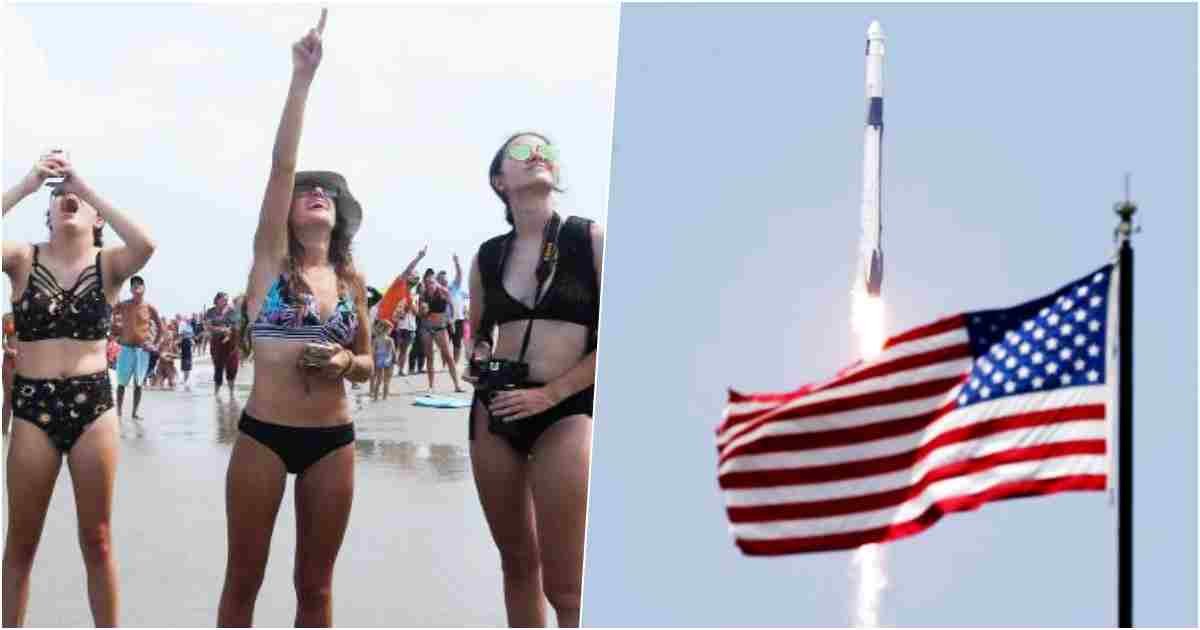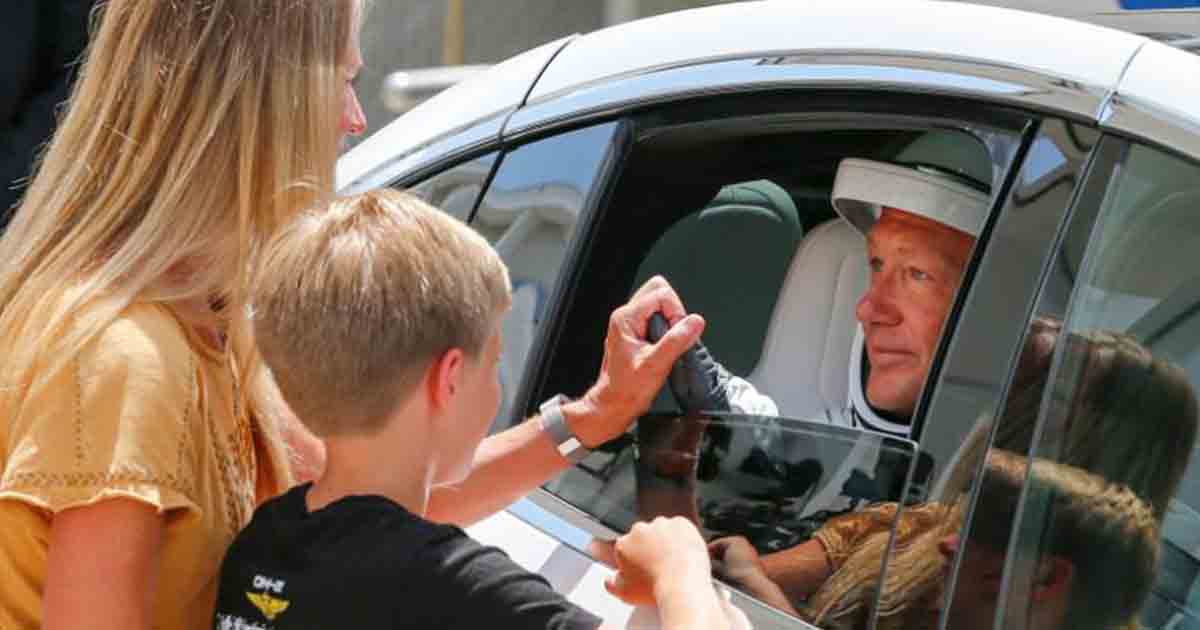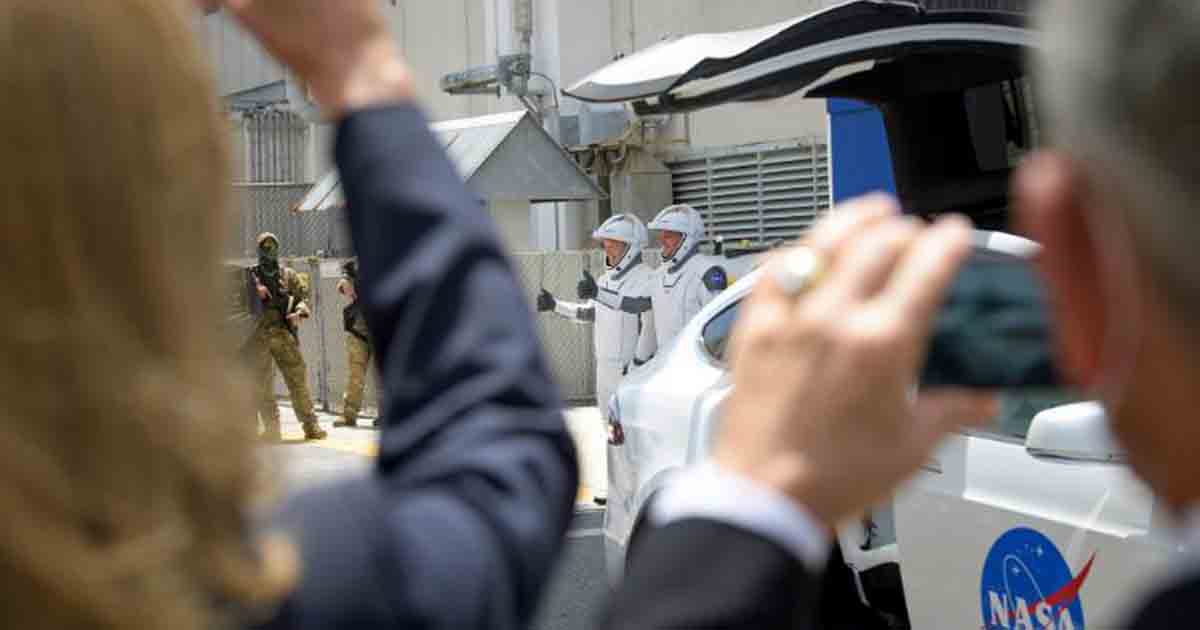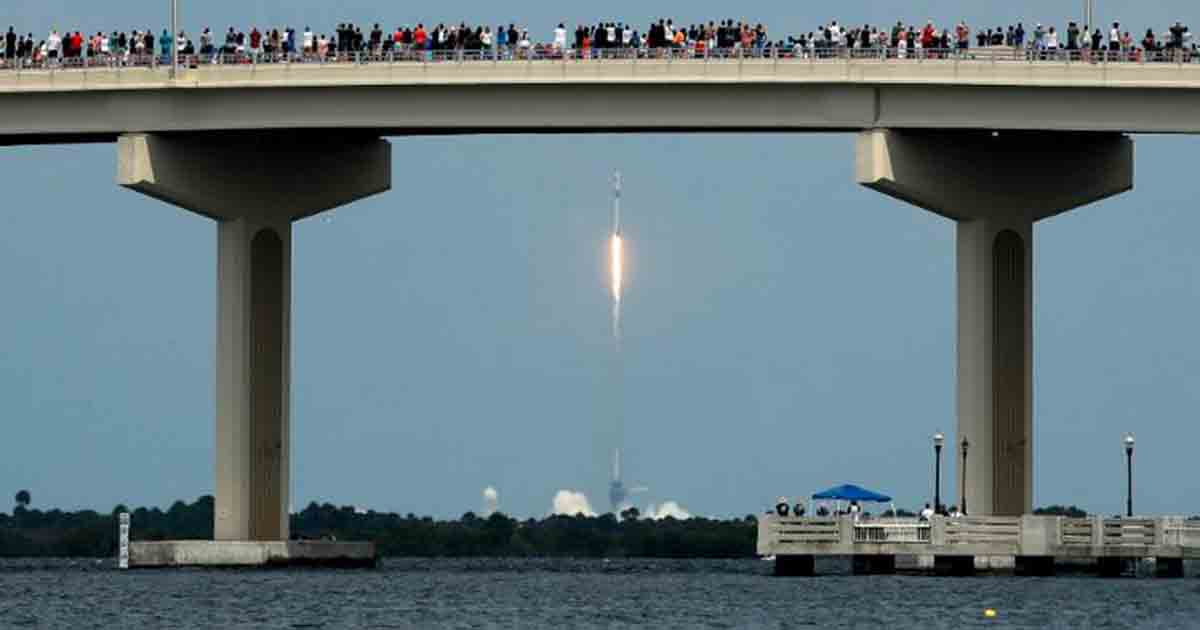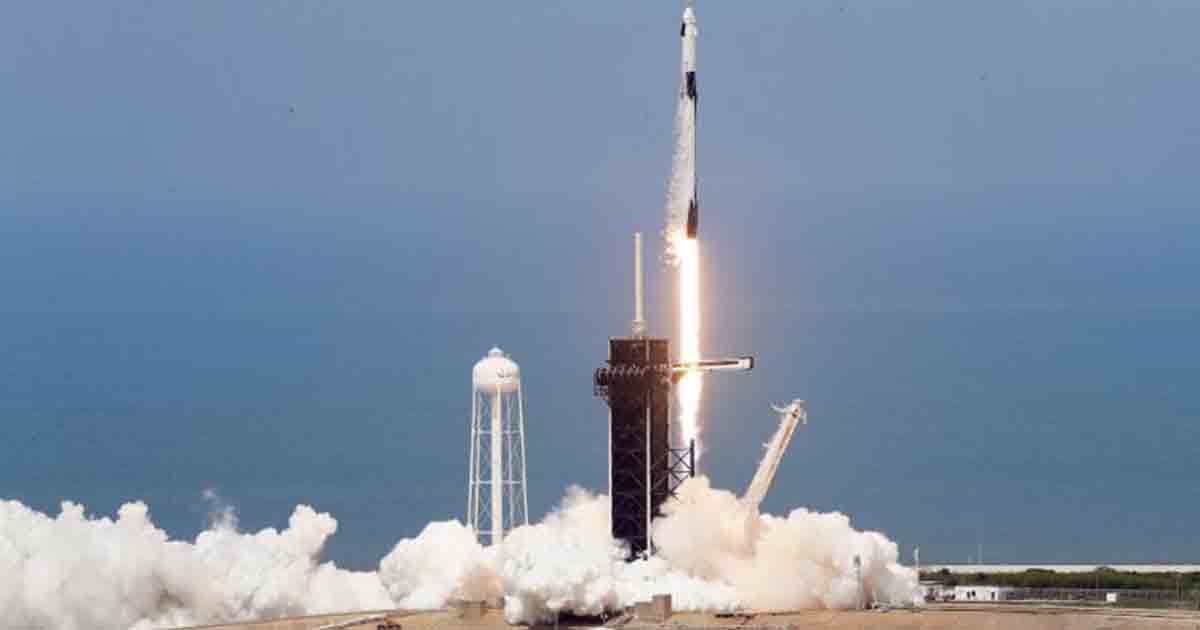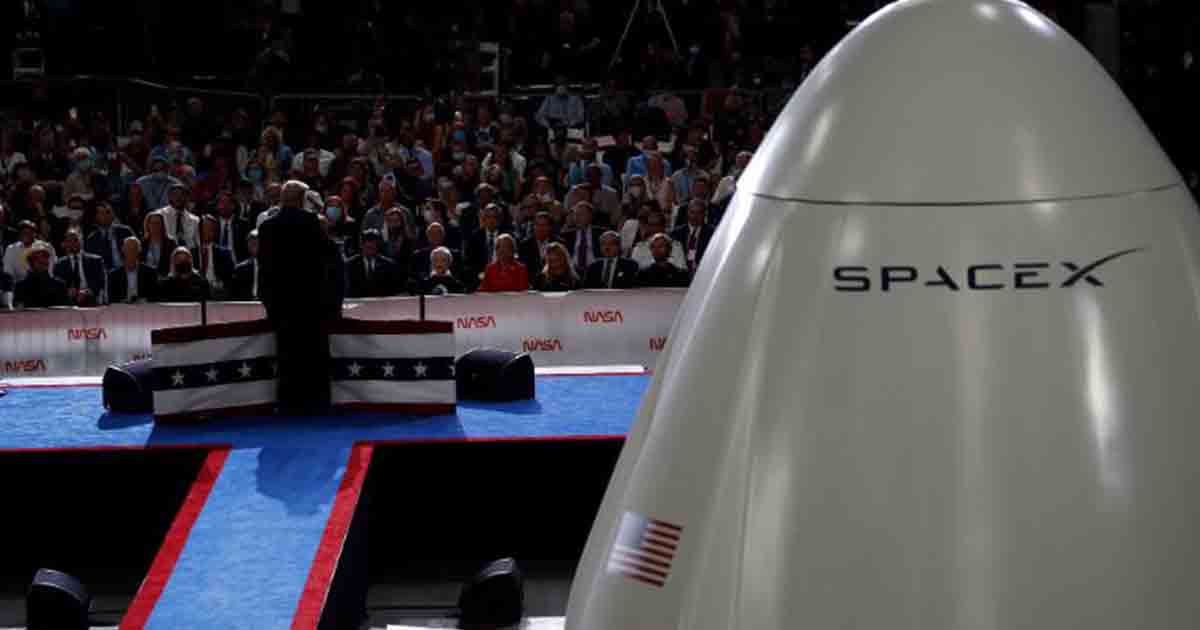NASA Astronauts Robert Behnken, 49, and Douglas Hurley, 53, writes history as they soared into outer space aboard a SpaceX spacecraft.
The liftoff happened at Florida’s Kennedy Space Center. From there, they will spend 19 hours in SpaceX’s Crew Dragon capsule which will slowly take them toward the International Space Station.
This journey marks the first time humans would travel into Earth’s orbit in a decade.
Since the end of the Space Shuttle Program in 2011, the United States hasn’t launched its own astronauts into space. Instead, NASA trains their astronauts to ride a Soyuz spacecraft in Russia which costs as much as $86 million per seat.
After working for the Crew Dragon spacecraft for 15 years, SpaceX succeeded as the first commercial aerospace company that carried humans into Earth’s orbit.
In spite of the Covid-19 pandemic, NASA, SpaceX, and different military personnel fully supported the launch. However, strict security measures were observed in control rooms to ensure the safety of everyone on deck.
Jim Bridenstine, the space agency’s prime official, said he hoped the launch will inspire and uplift the public amidst the health crisis.
Local authorities in Florida also braced the influx of spectators on nearby beaches which reopened in spite of Covid-19. Journalists were also permitted to cover the liftoff at a safe distance, given they abide by the social distancing guidelines.
This launch also served as a foundation for future partnerships of NASA with the private sector.
It is widely known that SpaceX developed the Crew Dragon capsule under NASA’s Commercial Crew Program. For the first time in the agency’s history, they awarded SpaceX and Boeing fixed-price contracts to create a spacecraft of their own design.
Of course, that decision was filled with controversy especially during the early days of the Commercial Crew Program. But the recent launch’s success proves that partnering with the private sector truly helps in accomplishing NASA’s ambitions.
Bridenstine, for example, hopes that through these partnerships, NASA’s goal of landing US astronauts on the moon in 2024 will be accomplished.
“Ultimately, what we’re trying to achieve is having numerous providers that are competing against each other on costs, innovation, and safety. And then NASA can be a customer, one customer of many customers, and we already know that this will save a ton of money over the long term,” Bridenstine told CNN Business’ Rachel Crane earlier this week.


